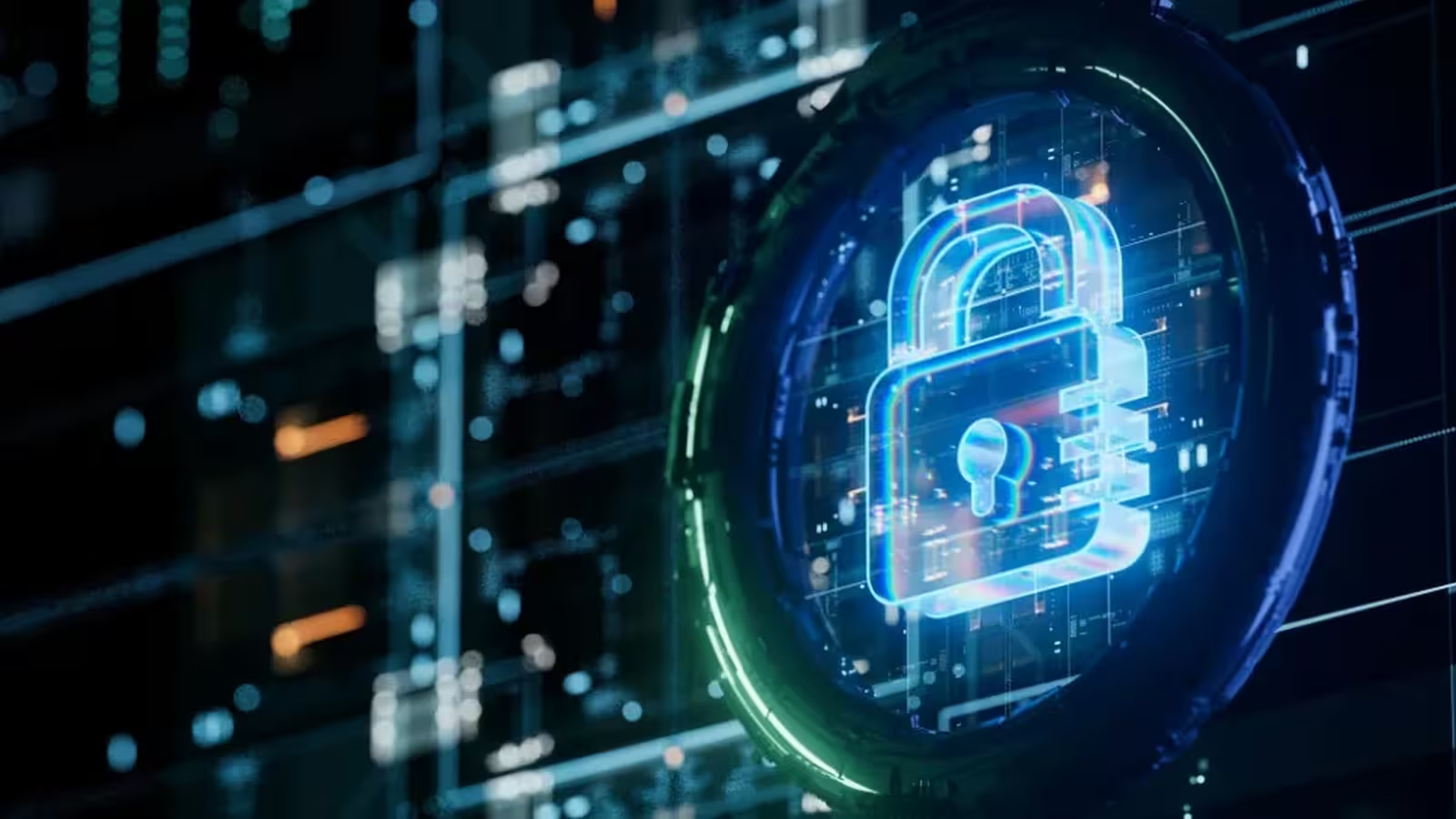5 Minutes
Fragmented security: the silent risk in modern enterprises
Cyber attacks grab headlines for their sophistication and scale, but a quieter, internal threat is undermining many global businesses: fragmented security. As organisations add devices, cloud services and applications to support digital transformation, their attack surface grows faster than legacy cybersecurity models can keep up with. The consequence is a patchwork of tools and blind spots that leave security teams unable to see and respond to real risk in real time.
The first crack: how point solutions create silos
Most companies do not set out to build disjointed defences. They react to new threats, compliance obligations and operational needs by adopting specialised point products for threat detection, vulnerability scanning, identity management and audit readiness. Each product can be effective on its own, but when deployed without integration they become isolated islands of visibility.
Why isolation matters
When security data and telemetry are siloed, the organisation loses essential context. Basic but crucial questions become hard to answer: what assets do we own, where do they run, which versions are vulnerable, and which alerts represent the highest priority? Attackers exploit this uncertainty. Alerts are missed, investigations slow down and the correlation needed for fast incident response simply does not happen.
The true cost of fragmented security
Fragmentation increases operational complexity and cost. Security teams juggle multiple consoles, disparate workflows and overlapping features. This drains analyst time, increases the error rate and delays remediation. Financially, maintaining and integrating many tools is labor-intensive and inefficient. Overlapping licences and redundant capabilities inflate budgets without improving protection.
Regulatory compliance also suffers. With tighter laws and standards such as the Cyber Security and Resilience Bill in the UK placing heavier obligations on organizations, fragmented systems inhibit accurate reporting, evidence collection and demonstrated accountability. That raises the risk of penalties and reputational damage.
Why unified cybersecurity is no longer optional
A unified cybersecurity platform offers a single source of truth for cyber exposure management. By consolidating asset discovery, vulnerability management, threat detection, risk prioritization and compliance workflows into one system, security leaders gain contextual awareness of every device, cloud instance and application across the enterprise.
Key features of unified platforms
- Comprehensive asset inventory and continuous discovery across on-prem, cloud and IoT endpoints
- Correlated telemetry and event analytics for faster threat detection
- AI-driven prioritization that ranks vulnerabilities by exploitability and business impact
- Automated workflows for patching, remediation and compliance evidence collection
- Centralized policy management and role-based access control
Product comparison: unified platforms versus point tools
Point solutions excel at solving narrow problems and are often faster to deploy for a single use case. Unified platforms, by contrast, deliver coordinated visibility and automated response across multiple attack surfaces. For organisations needing scale and consolidated security operations, unified solutions reduce mean time to detection and remediation, eliminate blind spots and lower total cost of ownership despite a higher initial investment.
Choose point tools when addressing a focused gap or regulatory requirement. Choose a unified platform when the priority is long-term resilience, simplified operations and full lifecycle cyber exposure management.
Advantages and business value
- Faster incident response through correlated alerts and a single pane of glass
- Reduced operational overhead by minimizing tool sprawl and manual integrations
- Better vulnerability remediation with prioritized fixes based on real business risk
- Stronger compliance posture through audit-ready reporting and continuous monitoring
- Cost efficiency by reallocating security resources from maintenance to strategic initiatives
Practical use cases
- Global enterprise consolidating security ops centers to improve 24/7 threat hunting
- Hybrid cloud operator needing continuous asset discovery and consistent policy enforcement
- Regulated financial or healthcare firm demonstrating compliance and accountability
- Manufacturing firm securing OT and IoT endpoints while reducing downtime risk
Market relevance and adoption trends
Demand for unified cybersecurity platforms is rising as CISOs prioritize visibility and cyber exposure management. AI-driven capabilities and cloud-native architectures are now differentiators in the market, enabling scalable analytics and automation. Vendors that integrate discovery, detection and remediation into a cohesive workflow are attracting enterprise customers looking to simplify security stacks while improving risk outcomes.
How to transition: a pragmatic migration path
- Start with asset discovery and inventory. Without knowing what you have, nothing else will be reliable.
- Consolidate overlapping tools and retire redundant licences to reduce complexity.
- Introduce a central data layer or platform that ingests telemetry from existing tools and cloud APIs.
- Deploy prioritized remediation workflows driven by risk scoring and automation.
- Monitor outcomes and iterate: measure mean time to detect, mean time to remediate and compliance metrics.
The future cannot be fragmented
Point solutions will remain useful for niche problems, but the modern threat landscape demands speed, coordination and context. Unified cybersecurity eliminates silos, improves response times and enables proactive threat detection. For businesses that want to protect digital transformation investments and meet regulatory demands, the path forward is clear: consolidate, simplify and strengthen the security foundation.
Fragmented security has outlived its usefulness. Organisations that adopt unified cyber exposure management will be better positioned to reduce risk, control costs and build durable resilience against evolving threats.
Source: techradar


Leave a Comment